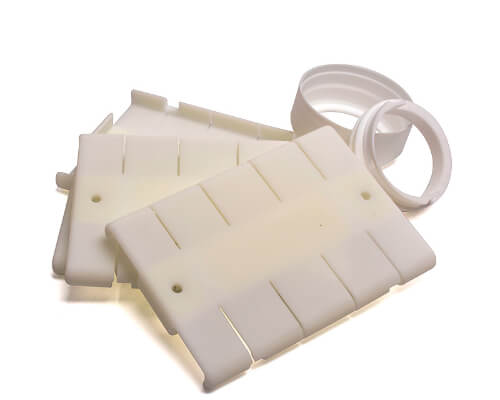
One of the most popular low-volume manufacturing processes, computerised numerical control (CNC) machining has been around since the early 1950s. Starting with a large block of raw material, a tool mills along a computerised path to create a part. In a variety of plastic and metal materials, these programmed toolpaths can cut incredibly precise and repeatable geometries.
CNC machining is traditionally used to produce low-volume, end-use parts. However, it has also been adopted as a secondary process for additive manufacturing technology. Companies often 3D print plastic or metal parts and then CNC machine them for the following reasons
The most commonly used machining technique for additive manufactured plastic parts is 3-axis milling, either horizontal or vertical, due to its ability to move in the X, Y and Z planes. For more complex features and geometries, 5-axis milling is recommended. 5-axis milling can rotate and tilt on the A and B axes to reach undercuts and small features.